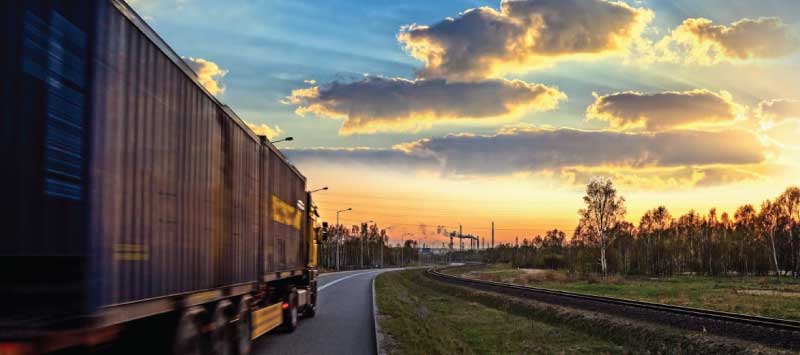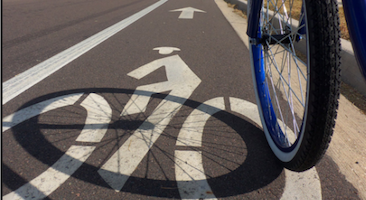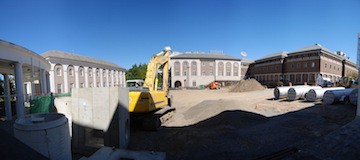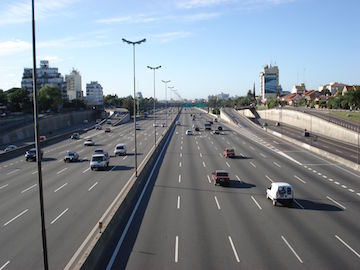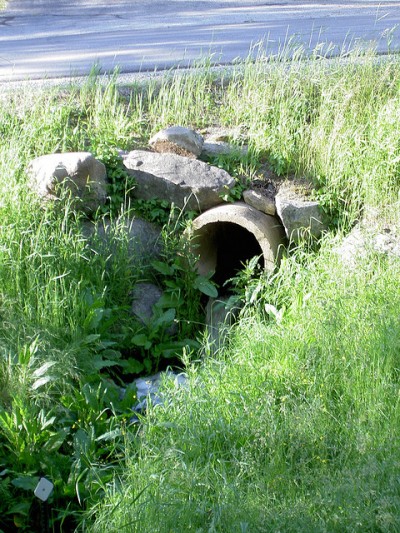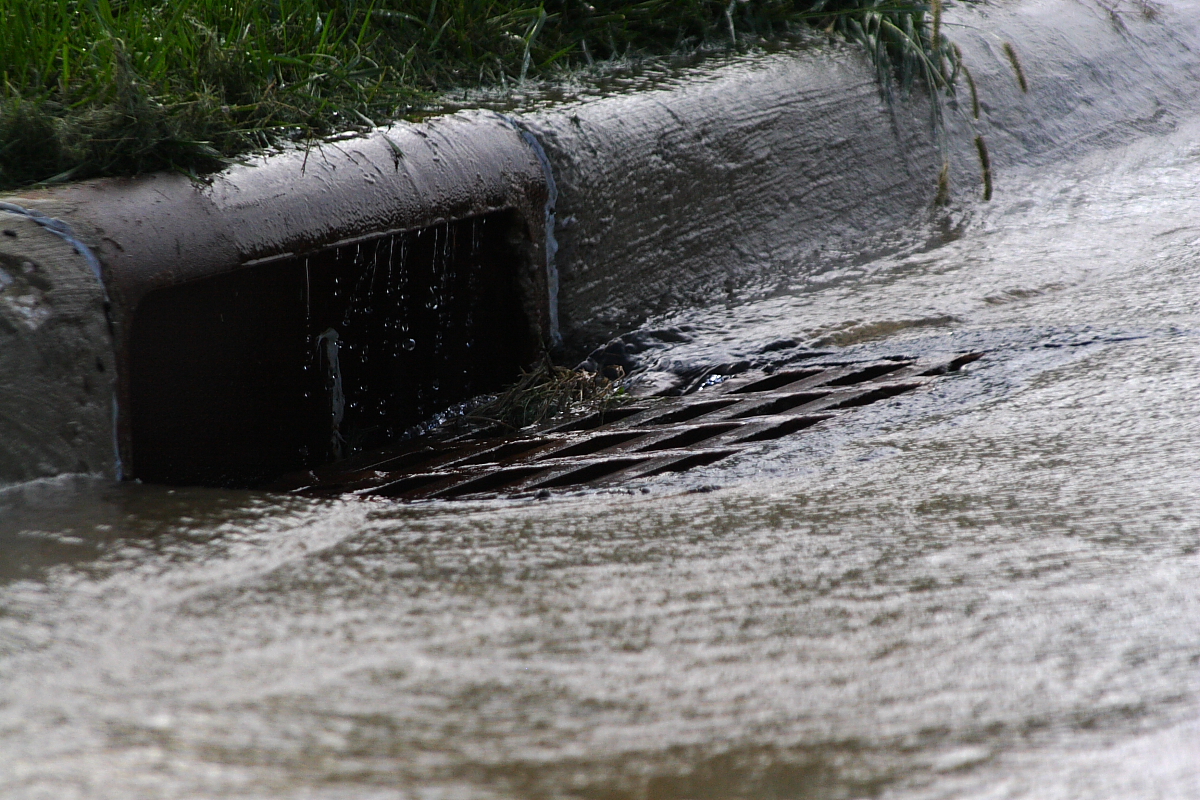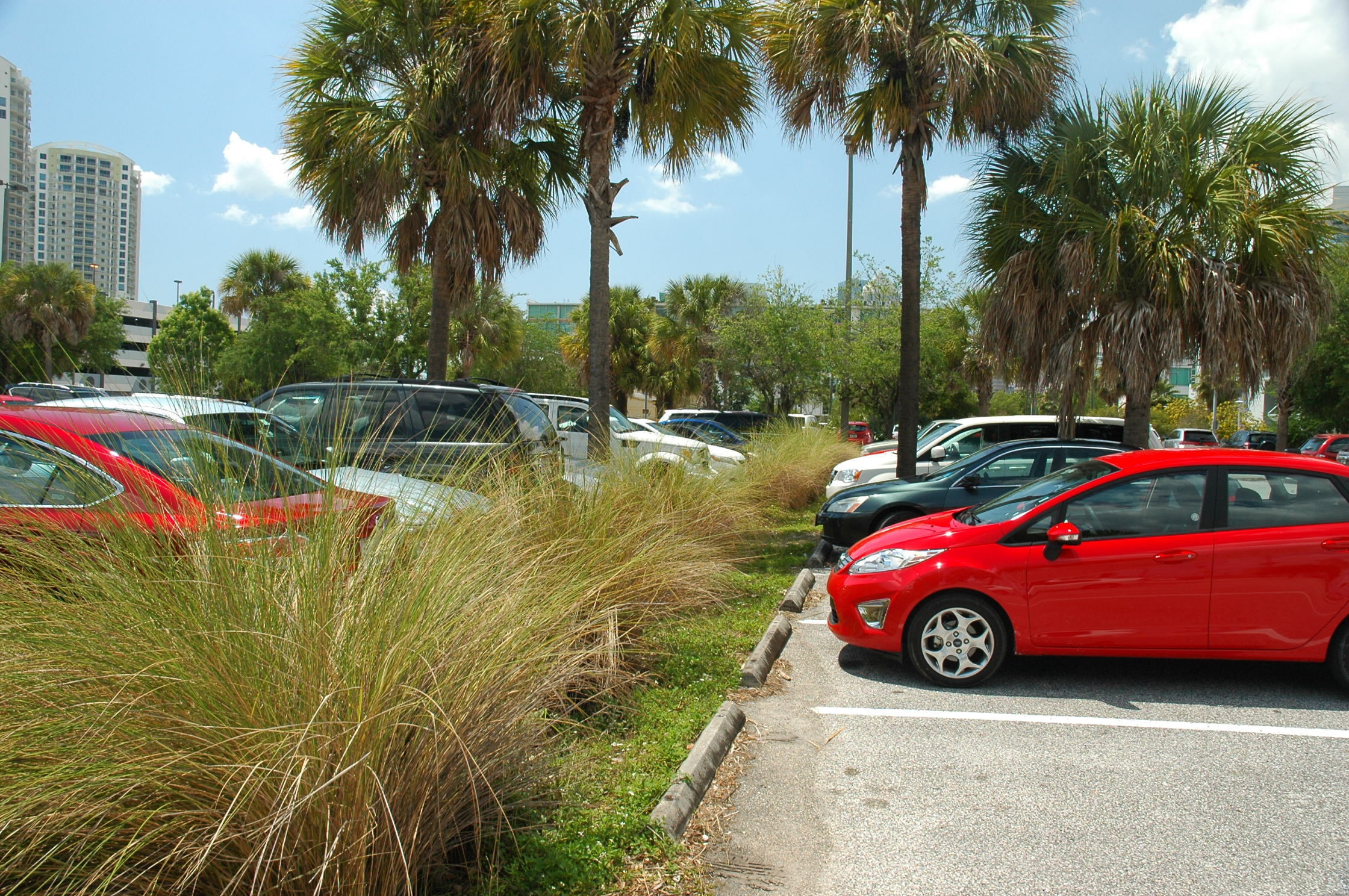The state of Ohio is a proud community of almost 12 million. These people depend heavily on the transportation infrastructure to work their jobs, feed their families, enjoy their weekends, and see what the rest of the state has to offer. The jobs they work, too, benefit from Ohio’s complex network of roadways to allow its quintessential manufacturing industry to continue thriving as it has for years. In short, the state is primarily a mobile one.
Rankings
While Ohio is the 34th largest state in the union, its transportation infrastructure falls near the top of the list nation wide. The state is seventh in public road rankings at over 120,000 miles of open roadways. With over 110 billion automotive miles travelled per year, Ohio ranks fifth in the country. Its $563 billion annual contribution to the freight shipping industry puts Ohio at fourth in the US. But most importantly, Ohio ranks second in number of bridges (nearly 28,000).
Bridging Concerns
The state with the most bridges is understandably Texas, the largest mainland state. But for such a relatively small landmass, Ohio’s bridge count puts quite a burden on taxpayers and government leaders focused on keeping a close eye on the structural integrity of these essential structures. If not handled appropriately, the state’s entire transportation infrastructure–and thus its commerce–could be in jeopardy.
A Public Necessity
Ohio’s seemingly disproportional road ranking versus state size makes more sense when you put into perspective just how much the majority of its population travels by automobile. Given the habits of most of American car owners, one could safely assume that the majority of those who travel by car own their own vehicle as opposed to car pooling. Ohio is a particularly dense state, ranking in at ninth overall in the country. Together this means that a larger volume of people is on the roads at any given time, putting further strain on the infrastructure. Quality of life is thus very reliant on the sturdiness of Ohio’s roads.
Impact on Business
The importance of the transportation infrastructure on Ohio’s businesses cannot be overstated. With such a heavy contribution to the manufacturing industry, shipment lines in the form of interstate roadways must exist extensively in order to facilitate steady operations in and out of the state. The economy needs dependable roadways to survive, let alone thrive in Ohio.
Impending Maintenance
The gradual and inevitable degradation of this country’s transportation infrastructure is a looming problem that must be met head on. This is of concern for all states, but particularly Ohio, where such a large part of the success of its citizens rests on the roadways and myriad bridges that cover the terrain. This is not to suggest that Ohio’s bridges are falling apart. The issue is merely that, as bridges tend to cause higher collateral damage and more extreme road blockage when they fail, thus redirecting traffic and slowing the flow of commerce, it behooves the country as a whole to ensure that our infrastructure does not wilt to that degree. To that end, a state like Ohio with such a high density of bridges may be the first in line to consider this issue.


